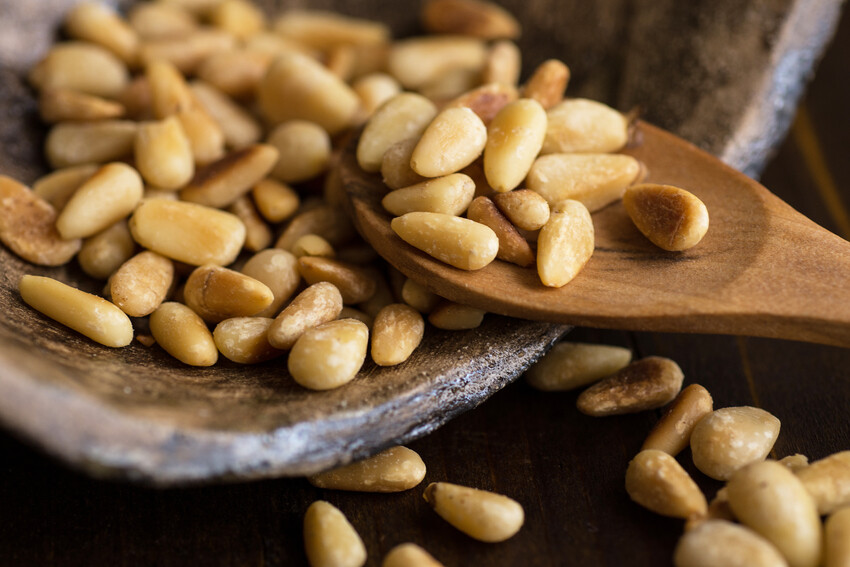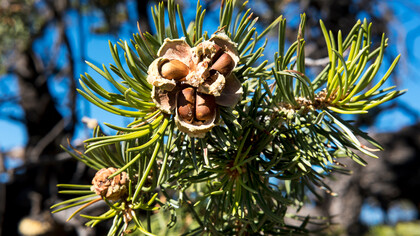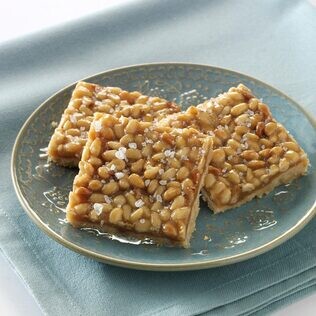


Pine Nuts
Pine nuts are the edible seeds of the pine tree.
The stone pine has been cultivated for its seeds for more than 5,000 years, and are widely used across Europe, North America and Asia.
Pine trees need a lot of water to produce a quality seed at harvest, and the harvesting process is labour-intensive. The cones first need to be cracked to get the seeds out, and then they need to be shelled to reveal the edible ‘nut’ itself.
The high oil content in pine nuts does mean that shelled seeds can deteriorate rapidly, so pine nuts are often stored in their shells at low temperatures, and then shelled as required.
FORMATS
- Golden Linseed
- Brown Linseed
OTHER POINTS TO NOTE
An unusual side-effect of eating pine nuts can be something known as 'pine mouth syndrome' This is a bitter, slightly metallic aftertaste in tl mouth, which can appear a few days: after eating! The effect is not harmful, but it can be a few days before the taste fades. There is no 'treatment' except time; experiencing this once does not mean you'll experience it after eating pine nuts again.
COUNTRIES OF ORIGIN
- China
HARVEST
- November and December
VARIETIES
About 20 species of pine trees provide edible nuts, with different species being cultivated in different parts of the world. European pine nuts mostly come from the Stone Pine, while in North America, the Pinyon Pine varieties are more prevalent (and their pine nuts are often called 'pinyons' to differentiate the originating tree). In Asia, the Korean Pine is the most important species cultivated.
NUTRIENT HIGHLIGHTS
- Contains nearly 14g of Protein per 100g
- A source of Fibre
- Zero Cholesterol and very low Sodium
- High in Polyunsaturated fats
- Key vitamins include Vitamin K, Vitamin E, Folic Acid, Thiamin, Niacin and Riboflavin.
- Key minerals include Manganese, Iron, Magnesium, Phosphorus, Copper, Zinc, and Potassium.
